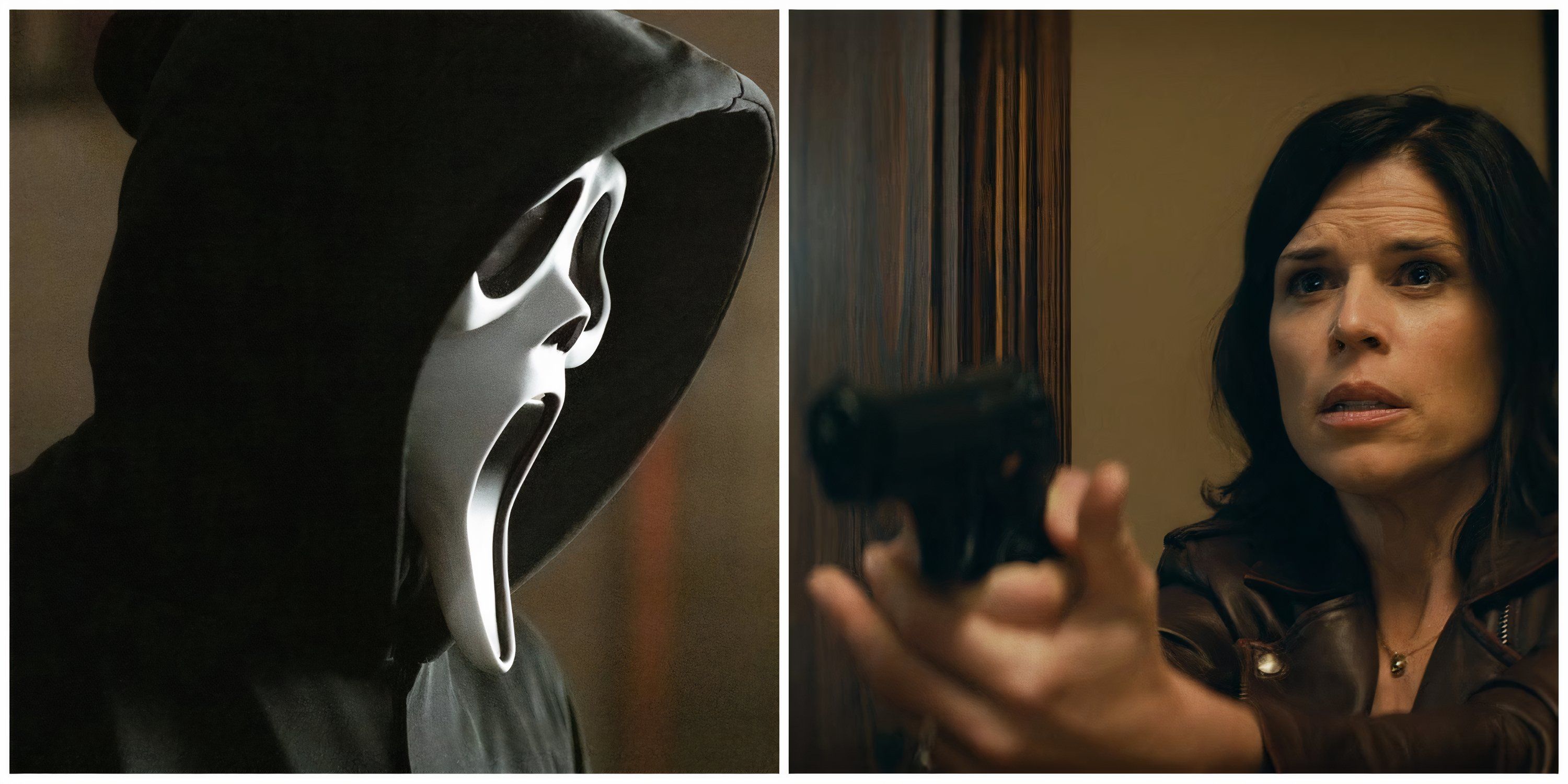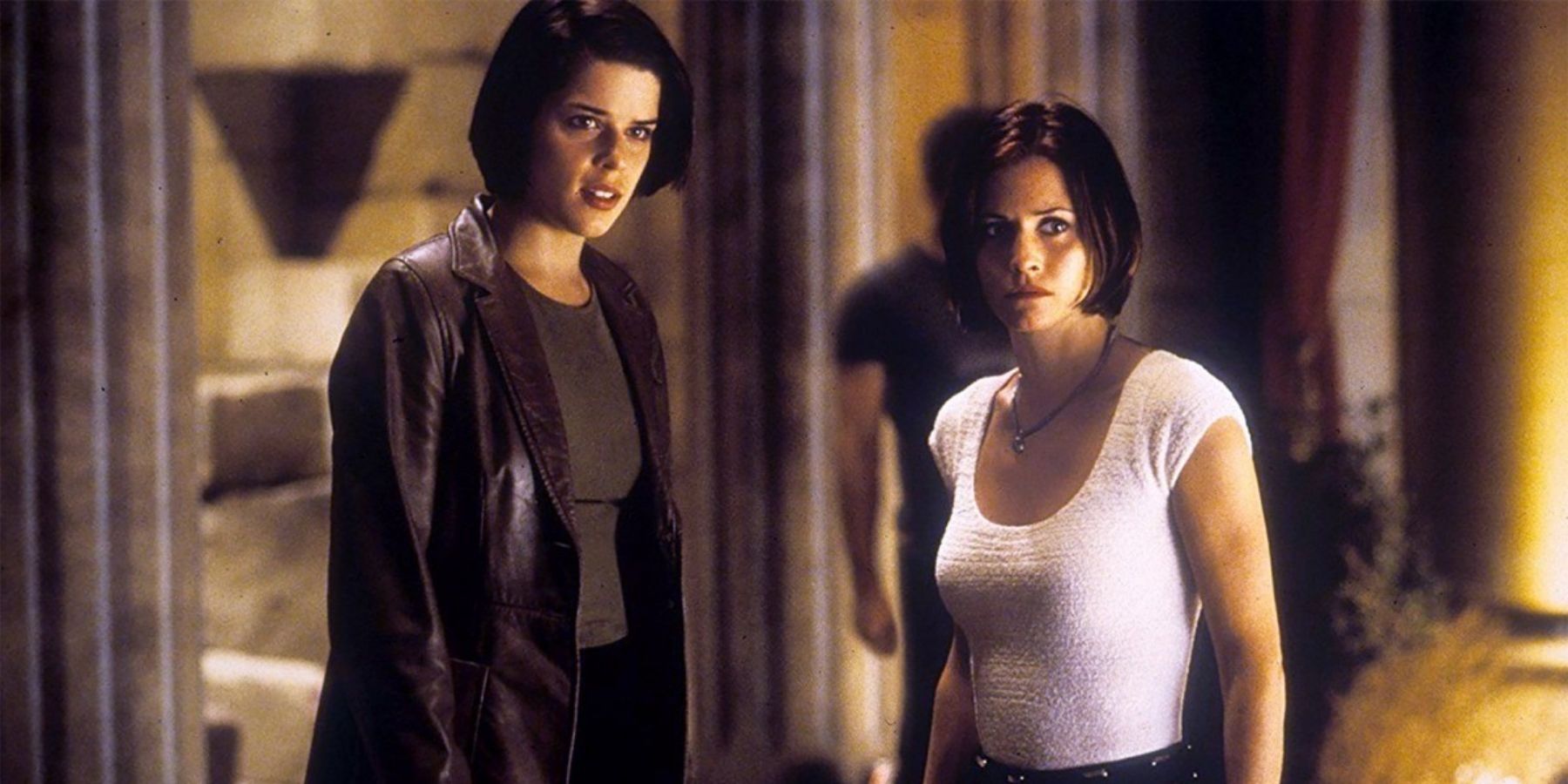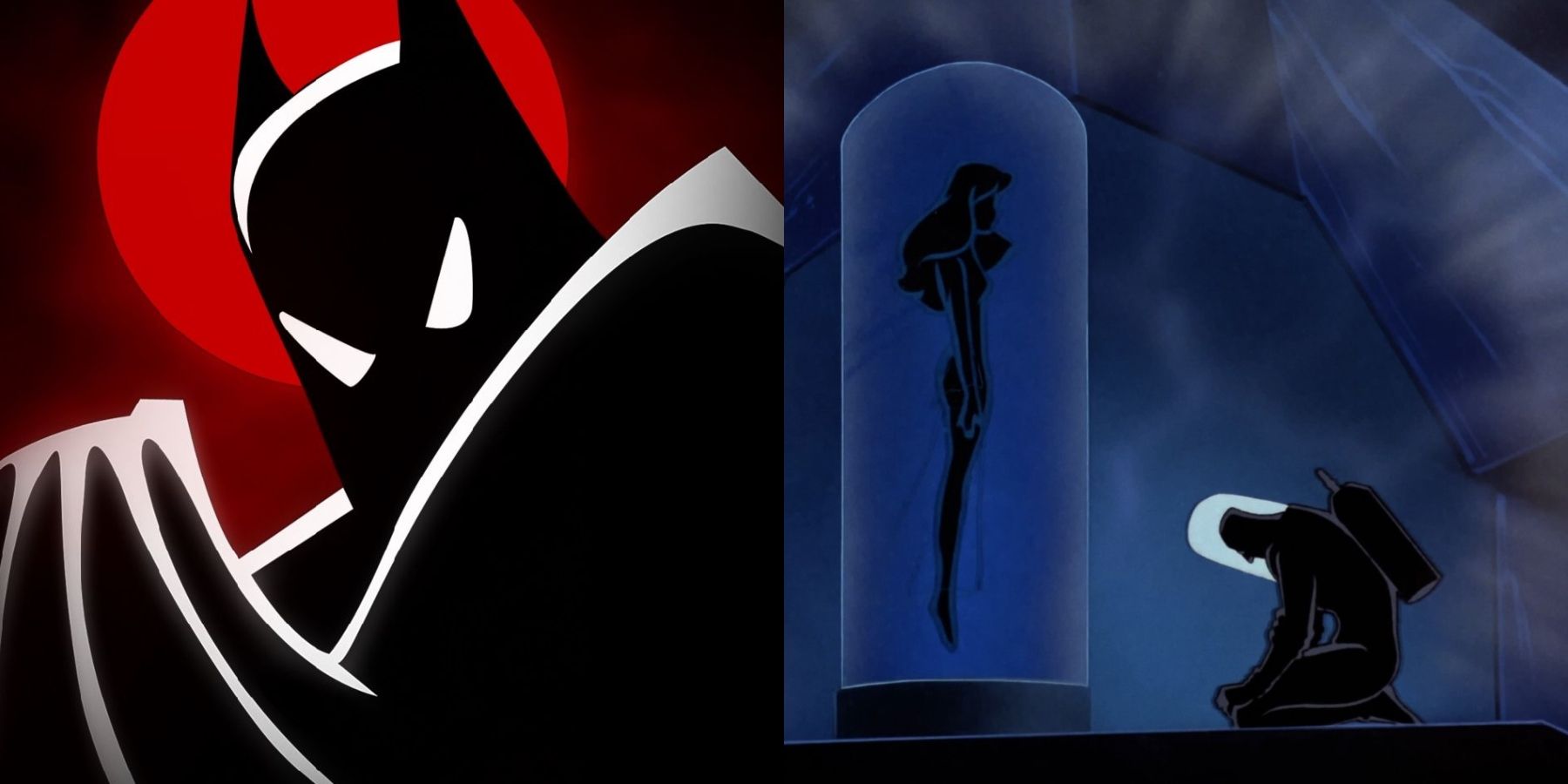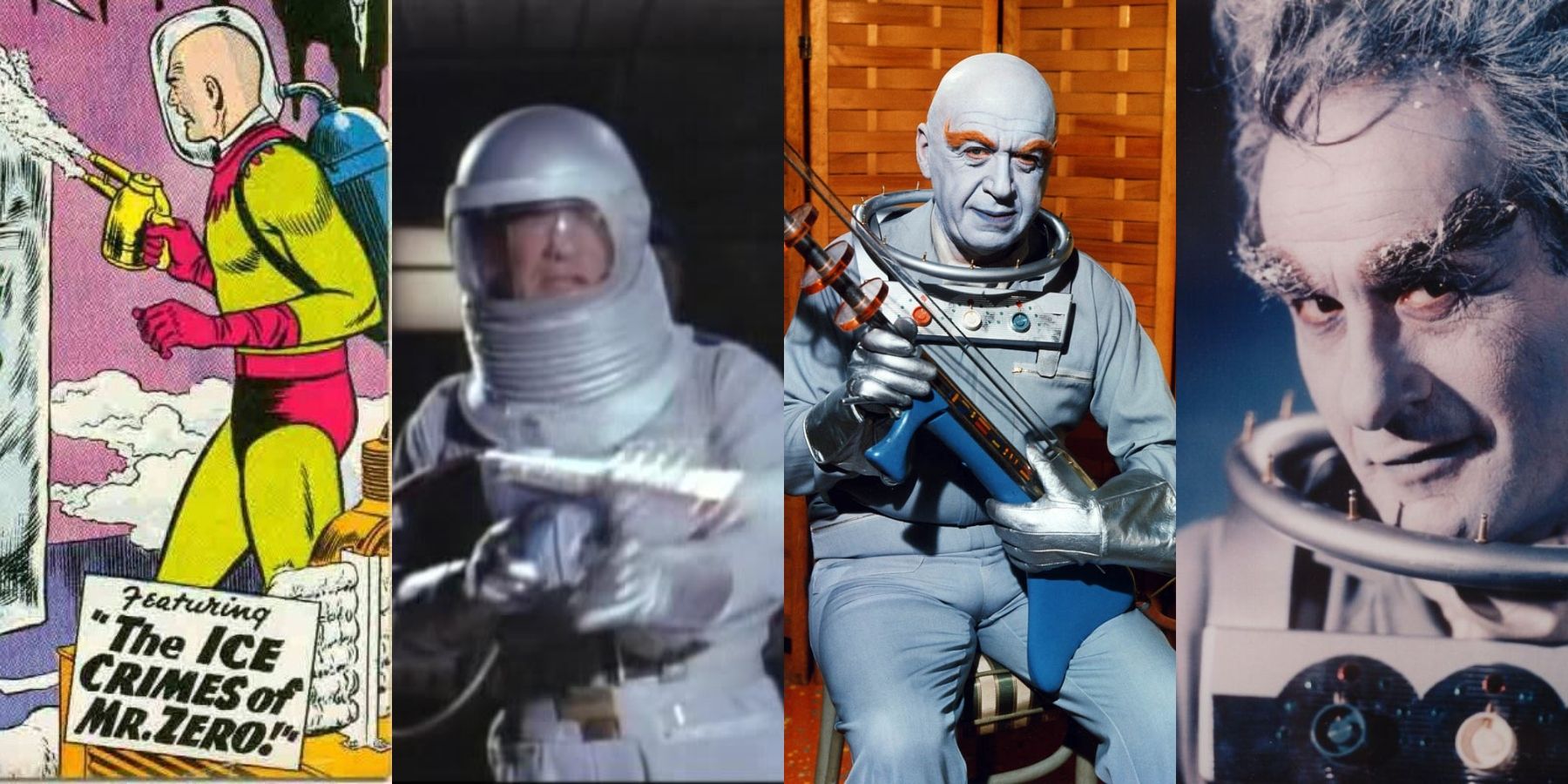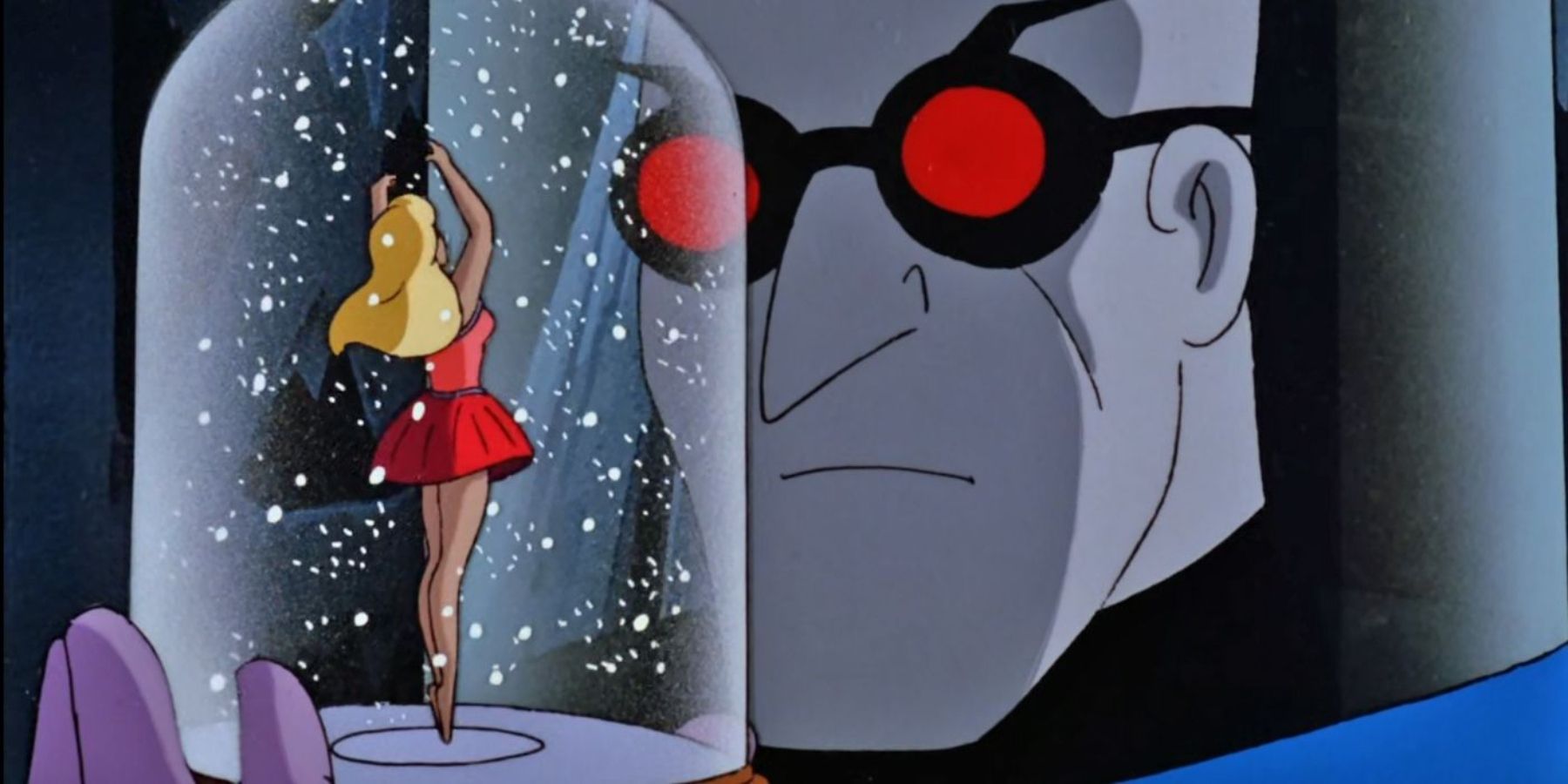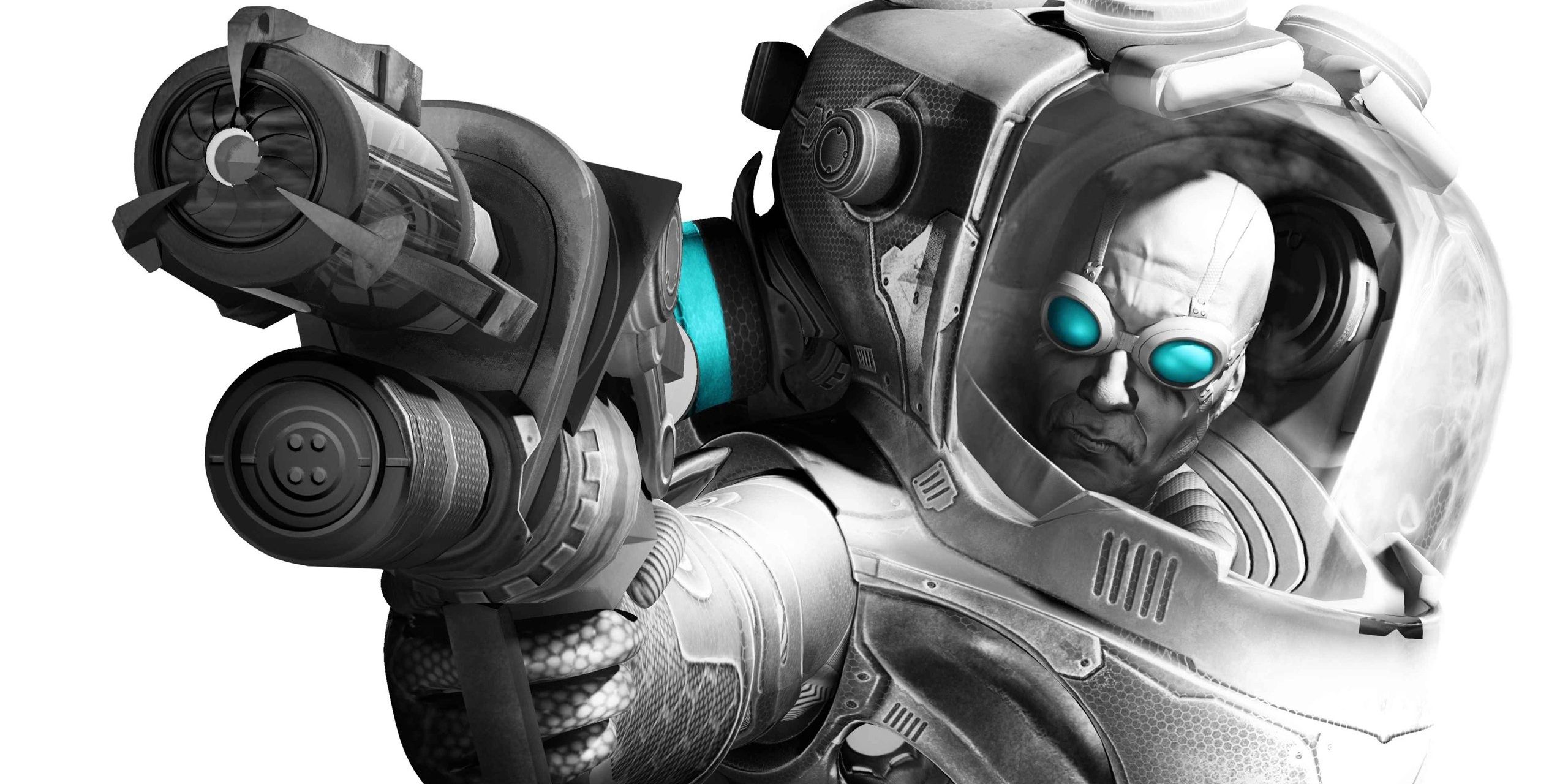Out of all the many superhero cartoons that have graced the small screen over the decades, none have left quite as big an impact as Batman: The Animated Series. The show, which ran from 1992 to 1999, reinvented the Caped Crusader and his associated characters for an all-new take on the Batman mythos — and in the process, it created some of the most iconic and beloved iterations of those characters.
For instance, Kevin Conroy and Mark Hamill are still considered by many to be the greatest performers to ever portray Batman and Joker, despite the fact that they’ve only ever done so as voice actors. Harley Quinn, one of Gotham City’s most beloved residents, was created specifically for the animated series and was only later introduced in the comics after she proved to be a hit with fans. However, there’s one villain in particular whose depiction in Batman: The Animated Series was so instantly iconic that nearly every interpretation of the character since then owes something to BTAS’ take — and that character is none other than Batman’s most chilling foe of all, Mr. Freeze.
Lukewarm Origins
If one were to examine Mr. Freeze’s pre-BTAS appearances, they’d find a startlingly different character than the one who fans today are familiar with. The villain originated in Batman #121, in which he was known not as Mr. Freeze, but “Mr. Zero”. Created by writer Dave Wood and artist Sheldon Moldoff in 1959, Mr. Zero was a generic supervillain in a colorful suit, who lacked the pale blue skin and icy demeanor the character would later be known for. His only backstory was that he was once a scientist who became incapable of living outside of sub-zero temperatures after a lab accident. He then creates a temperature-regulating costume and becomes a supervillain (for unclear reasons), only to be foiled by Batman and Robin. No other backstory was established for the character — not even his real name.
Mr. Zero was later renamed “Mr. Freeze”, aka Dr. Art Schivel, when he appeared in the 1960s Batman television series starring Adam West. He appeared three times throughout the show’s two-year run, each time played by a different actor: first George Sanders, then Otto Preminger, and finally Eli Wallach. His evil schemes were just as campy as one would expect — robbing the Gotham City Diamond Exchange, kidnapping Miss Iceland from a beauty pageant, and building a giant freeze ray. But unlike Cesar Romero’s Joker, Burgess Merideth’s Penguin, or Julie Newmar and Eartha Kitt’s takes on Catwoman, the live-action Mr. Freeze failed to leave an impact on Batman fans, leaving the character as a strictly B-tier Batman rogue.
An Ice-Cold Tragedy
Then in 1992, everything changed. Mr. Freeze was reintroduced in Batman: The Animated Series with “Heart of Ice”, written by Paul Dini and directed by Bruce Timm. And unlike the likes of Joker, Riddler, or Scarecrow, who remained mainly unchanged from their comic counterparts, Mr. Freeze was nearly unrecognizable from his campy predecessors. From its first moments, “Heart of Ice” establishes this new Mr. Freeze as a stoic, tragic figure. The episode begins with Freeze (voiced by Michael Ansara) delivering a lonely soliloquy as he holds a snowglobe with a figurine of a dancing woman. “This is how I’ll always remember you,” Freeze laments in an icy monotone. “Surrounded by winter, forever young, forever beautiful. Rest well, my love. The monster who took you from me will soon learn that revenge is a dish best served cold.” Mr. Freeze’s domed face is then shown, framed in shadow, as the piercing red lenses of his goggles stare towards the camera.
The episode’s story focuses on Batman as he combats a string of robberies by Mr. Freeze, who is attempting to create an enormous freeze ray by stealing equipment from GothCorp facilities. After an initial defeat at the hands of Freeze, Bruce has a private talk with GothCorp CEO Ferris Boyle (voiced by the Joker himself, Mark Hamill) — a man who acts like a compassionate humanitarian to the public, but reveals his callous, profit-obsessed true nature behind closed doors. Boyle tells Bruce that the only man who’d hate GothCorp as much as Mr. Freeze is Dr. Victor Fries, a researcher who was presumed dead after a lab accident when security caught him “using company equipment for personal reasons”. Boyle derides Fries for “wasting company money”, expressing no regrets with how he handled the issue. However, he still hides the full story from Bruce.
After infiltrating GothCorp, Batman learns that Dr. Fries’ true goal was to heal his wife Nora, who was frozen in a cryogenic chamber after falling ill to an incurable disease. Fries only wanted to preserve Nora’s body until a cure for her could be found, but Boyle ordered him to shut down the project, even if it meant killing Nora. After a fight broke out, Fries was mutated by exposure to his own experimental coolant, transforming him into Mr. Freeze. After learning Freeze’s tragic past, Batman reaches out with compassion, but Mr. Freeze refuses to be swayed. “Think of it, Batman,” he says. “To never again walk on a summer's day with the hot wind in your face and a warm hand to hold. Oh yes, I'd kill for that.”
In the episode’s climax, Mr. Freeze uses his completed freeze ray to attack the party where Boyle is receiving an award for his “humanitarian” work. Freeze nearly exacts his revenge on Boyle, only for Batman to swoop at the last second. After a fierce battle, Batman defeats Mr. Freeze by breaking the dome of his suit. But though he saved Boyle’s life, Batman refuses to let him escape justice — he reveals Boyle’s crimes publicly and presents the video evidence of him attacking Dr. Fries. The final scene shows Mr. Freeze locked up in Arkham Asylum, sorrowfully lamenting his failure as he cradles his snowglobe once again. “I can only beg your forgiveness and pray you hear me somehow, someplace. Someplace where a warm hand waits for mine…”
A New Kind of Villain
“Heart of Ice” was a turning point not just for Mr. Freeze, but BTAS as a whole. It transformed the once-campy Freeze into a sympathetic, humanized character: a loving husband whose life was destroyed by another man’s greed, causing him to become consumed by vengeance. He may be cold and ruthless, but it’s hard not to feel for Freeze. More importantly, “Heart of Ice” was the first truly great episode of BTAS, showing that the series’ moody, gothic aesthetic wasn’t just for show — despite being a cartoon, it was willing to tackle more nuanced and ambitious stories than those usually seen on Saturday morning.
BTAS’ take on Mr. Freeze was so successful that the Victor Fries backstory was brought over to the comics following the post-Crisis on Infinite Earths reboot. The Mr. Freeze in Batman: Arkham City is based on the BTAS version, as are the ones in Gotham, Batman: The Enemy Within, and even Batman and Robin, despite Arnold Schwarzenegger’s cheesy portrayal. It’s rare for a single adaptation to redefine a character forever, but BTAS’ definitely pulled it off in “Heart of Ice”.


